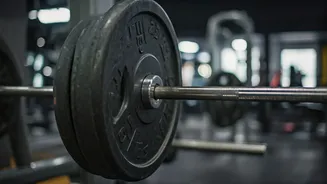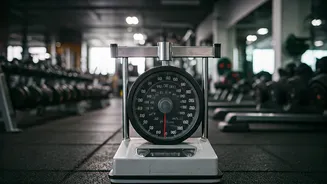Progressive Overload Explained
The first cornerstone of effective workouts, as highlighted by the expert, is progressive overload. This fundamental principle centers on consistently
challenging your muscles to stimulate growth and adaptation. It involves gradually increasing the demands placed upon your body over time. This can be achieved through a number of ways. You could lift heavier weights, increase the number of repetitions, or reduce the rest time between sets. This principle goes beyond just hitting the gym; it's about systematically pushing your limits to create meaningful changes in your physique. Without progressive overload, your body might not have sufficient impetus to evolve and progress beyond the current state. The trainer explained that consistently pushing yourself, by slightly increasing the workload, provides the necessary stimulus for muscles to get stronger and, consequently, boost your metabolism, which is extremely important for shedding extra pounds.
Tracking Your Lifts
The second essential tip involves meticulously tracking your workouts. Keeping a detailed record of your exercises is important. By documenting your weights, reps, and sets, you get valuable insights into your progress. This detailed tracking system enables you to recognize patterns, see when you hit plateaus, and adjust your routine accordingly. With tracking, you can effectively monitor the application of progressive overload – you know precisely when to increase weight, reps, or reduce rest times. By analyzing this data, you can see how your body is responding to the demands placed on it. This enables you to make informed adjustments to your program to keep things moving. The expert explained that this practice promotes self-awareness and helps you to stay committed to your fitness journey. Keeping a fitness journal is one way to monitor progress; others may leverage apps, or specialized software, but the key is to be consistent with recording data.











